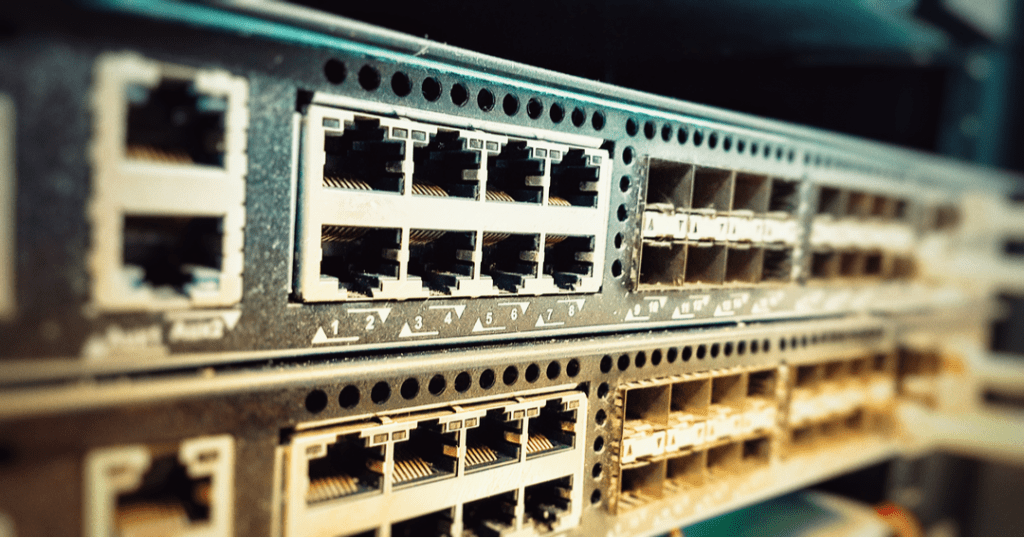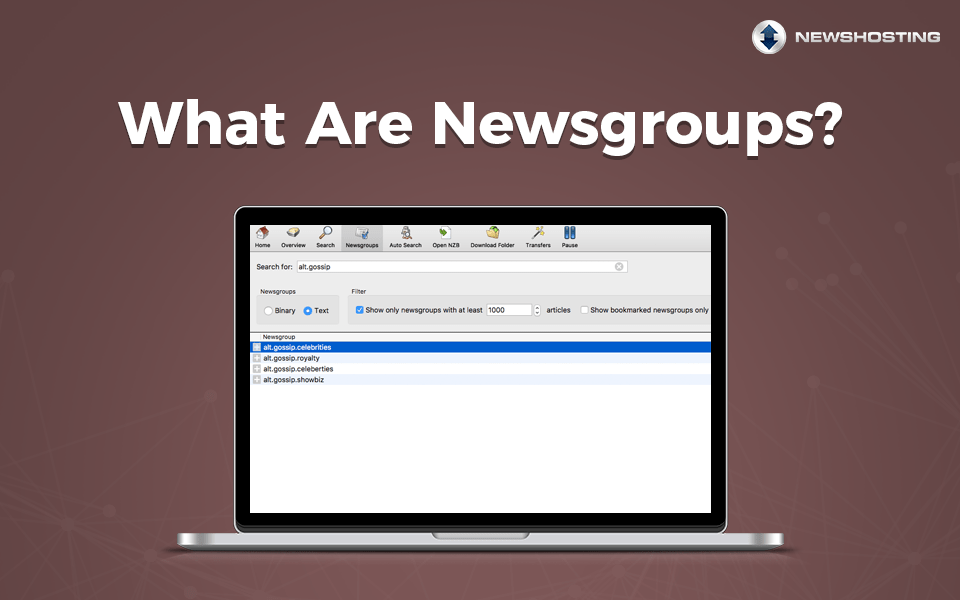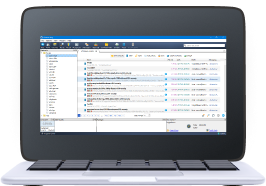Usenet technology has always been crucial to the development of the Internet as a whole. While we’ve covered a brief history of Usenet before, we also think it’s important to understand how the technology behind it developed and what it means to access Usenet.
We’ll try not to get too technical as we walk you through how the “User Network” has evolved over the years.
The Pre-Internet Age
In the period before the Internet, the only way to access the electronic communications infrastructure was by having a research contract from the US federal government through the Advanced Research Projects Agency (ARPA).
ARPA was a division of the US Department of Defense. The DoD wanted to have a non-centralized communications network that could be used over telephone lines, a wise idea in the middle of the Cold War. To achieve this goal, they worked with universities around the country to build the hardware, software, and protocols to make that communication possible.
However, the first important change came in 1962 when Joseph Carl Robnett Licklider was made the first ARPA Information Processing Techniques Office director. Licklider (who insisted on being called “Lick”) understood the military applications of ARPANET, but was a firm believer that what he dubbed “Man-Computer Symbiosis” was a crucial step toward improving the human condition and would lead to improved decision making. He only held the position for two years, but during that time he significantly demilitarized the project and had encouraged wild, speculative experimentation that resulted in many of the technologies we take for granted today.
One of the pieces of Usenet technology that was developed during this period was the UUCP protocol. This allowed Unix systems to make copies of files from one computer to another. It doesn’t sound like much, but at the time it was revolutionary to be able to share information between computers without a physical medium in between.
While this was a huge advancement in communications technology, addressing was “position-relative.” What that means is that the computer’s online “location” is determined by its relative position to another computer. For example, let’s say that my computer has a relative address and it’s based on a server in North Carolina. My computer’s address would take the server’s address and then express it based on how many other computers it had to go through to get to me.
This becomes a problem when the chain of connection gets interrupted. If I’m in California connecting to that North Carolina server, the signal might need to go through Chicago, Boise, and Phoenix before it reaches me. If Phoenix goes down for any reason, my whole connection goes down with it.
That all being said, UUCP was still incredibly important and what the initial Usenet servers were built on. In fact, Usenet still uses UUCP for addressing in some places.
The User Network
It’s unfair to try and guess at what the creators of Usenet were thinking, but we can say what the practical result of their research was.
Neither Duke nor UNC had an ARPA contract, so they couldn’t access ARPANET directly. However, that didn’t prevent them from using the UUCP protocol to connect the schools on the first Usenet.
The initial idea was to electronically replicate a cork or bulletin board that would be found on campus. Since this was generally where major campus news was posted, the software developed to access the network was called “A News Software.” Eventually, new versions called “B News” and “C News” were created, and can still be found online today.
The first Usenet was split into two major bulletin boards, “mod.*” and “net.*”. Since it was such a niche interest, not much was thought of how limiting that could be. A dozen or so people were intended to use it, at most.
Of course, that handful of people were just the beginning. What was important about Usenet was that it made online communications accessible to regular people. You didn’t need a government contract and access to tens of thousands of dollars in equipment in order to access it. Theoretically, any Unix system could connect to the User Network and read or post articles. In many ways, this is what led to the eventual democratization of the Internet.
Soon enough, the early Usenet creators wanted to spread out further, so they contacted students at UC Berkeley. At the time, Berkeley had an ARPANET contract, so by connecting to them, it would allow Usenet to reach everybody on that network.
Network News Transfer Protocol
Regular Usenet users will likely recognize “NNTP” as the protocol to access newsgroups. As ubiquitous as it is today, NNTP wasn’t developed until almost a decade after the launch of Usenet.
NNTP was created to fix the flaws with UUCP. By this point, a man named Vinton Cerf had developed the TCP/IP protocol. ARPANET and Usenet were only two of dozens of computer networks that existed at the time. What Cerf wanted to do was find an efficient way to share data between those networks.
The Transmission Control Protocol/Internet Protocol (TCP/IP) standardized the way that data was sent and received. Every time you send information online, it is broken into smaller pieces called “packets,” which go to their destination via several routes at once and are reassembled on the other end. The “TCP” part of the protocol collects the packets and puts them back together. The “IP” part of it makes sure they go to the right place.
With TCP/IP making a huge splash in computer science, the scientists behind Usenet created NNTP to take advantage of the new technology. Suddenly Usenet servers could be accessed with greater ease and many of the issues with UUCP no longer applied. NNTP was similar to Simple Mail Transfer Protocol (SMTP), the protocol that still determines how emails are sent, but optimized for newsgroup articles. A TCP port (119) was reserved for NNTP, just in time for an explosion in Usenet activity.
The Modern Internet
With only a few exceptions, NNTP has remained largely unchanged since the mid-1980s. The shift from UUCP has been attributed by some as a major factor in why Usenet is still around and competing networks like CDnet (Canadian Network) or BITNET (Because It’s Time Network) have fallen into obscurity.
The two bulletin boards of the original Usenet were eventually split into the eight top level classifications that we are familiar with today. In 2010 the original Duke server was shut down, but Usenet continues on a global server network maintained by companies like us.
The Internet has changed a lot, but it’s hard to deny that it wouldn’t be the same without the advancements made in Usenet technology over the years.







